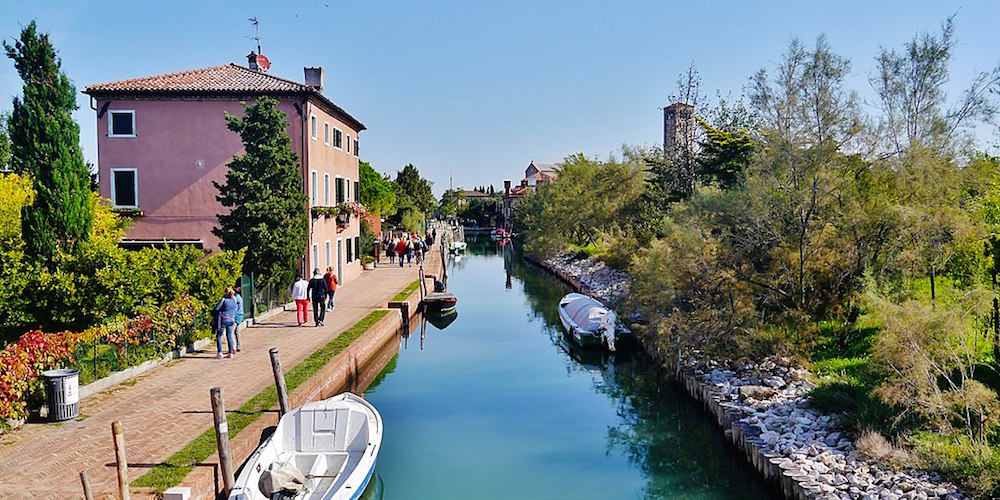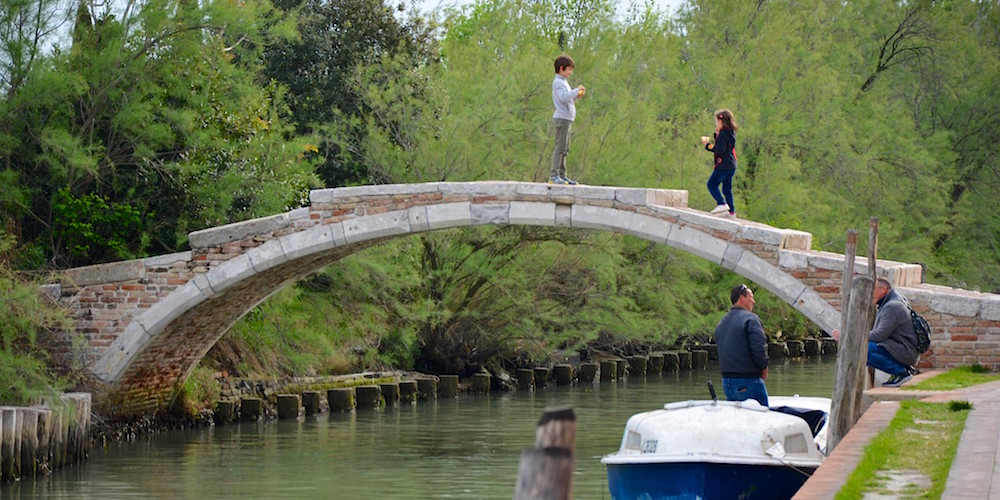In the northern part of the Venetian lagoon, not far from Burano, lies the Torcello island, an island surrounded by nature and rich in history. On this island there is a very special bridge, the only one, together with the Chiodo Bridge, to have remained without balustrades, as Venetian bridges once were. The main peculiarity of this bridge, however, is not its architectural structure, but the legend that surrounds it. Let's discover it together.
The Torcello island: the origins of Venice

On the Torcello island there are traces of a settlement since the Roman period, and later, during the 7th century AD, the population became more numerous, thus creating a real urban centre on the island. Archaeological studies show the presence of orchards and vineyards, indicating the agricultural activity that was present in Torcello at this time and also the presence of a glass factory. When the flourishing Venice rose, however, the decline of the island began, and from the 15th century onwards, also due to the continuous plagues, the population was drastically reduced, so that today there are only eleven residents on the island.
The island remains an enchanting place, immersed in the luxuriant nature of the lagoon, and there are various points of interest to see. First of all, we find the Basilica of Santa Maria Assunta, a typical example of the Venetian-Byzantine style, inside which there is a beautiful mosaic depicting the Last Judgement. Next to the Basilica stands the Church of Santa Fosca, characterised by a Greek-cross plan, symbol of the Byzantine rule over Venice. In the open space between the two churches there is the "Attila's Throne", a stone seat that, according to the legend, belonged to the King of the Huns. Finally, we find the Ponte del Diavolo (Devil's Bridge), a bridge that preserves its distinctive form without parapets, as all Venetian bridges originally were.
The legend of the Devil's Bridge

The origin of the name of this bridge is not entirely clear, some claim that "Diavoli" (Devils) was the nickname of a local Venetian family, others link it to a legend involving a witch, two young lovers and the devil. The legend says that during the Austrian domination in Venice, a young girl fell in love with an Austrian officer, but he was found stabbed, probably killed by her family, who were against their union. The girl, in desperation, turned to a witch who gave her an appointment in Torcello on this bridge, an isolated place hidden away from prying eyes.
Here the witch invoked the devil and he made the young Austrian appear bringing him back to life. In return, the devil asked the witch for the souls of seven children who had died prematurely, and they agreed to meet on the night of the 24th of December to make the exchange. The witch, however, died shortly afterwards in a fire and could not honour her pact with the devil, so legend has it that even today on the night of the 24th of December every year on the Devil's Bridge in Torcello the devil comes to claim his seven souls in the form of a big black cat.










Lascia un commento